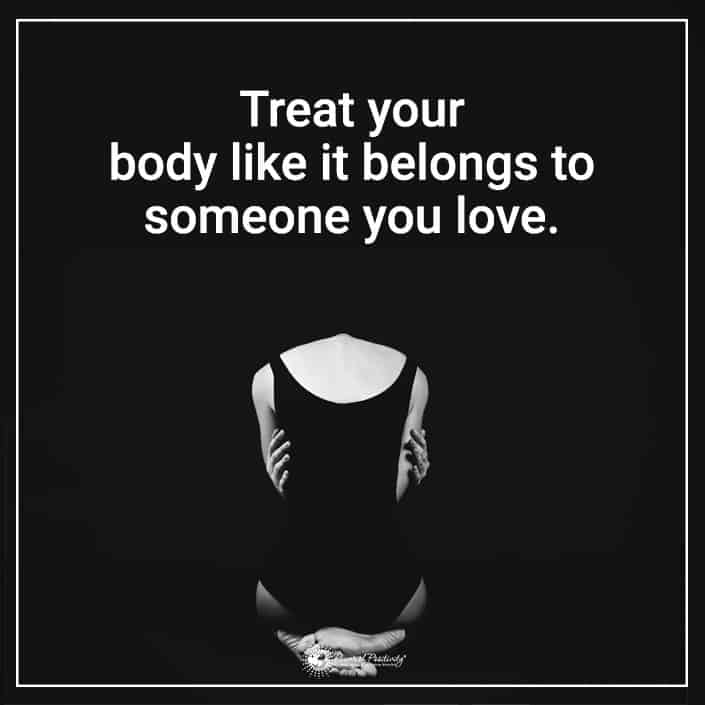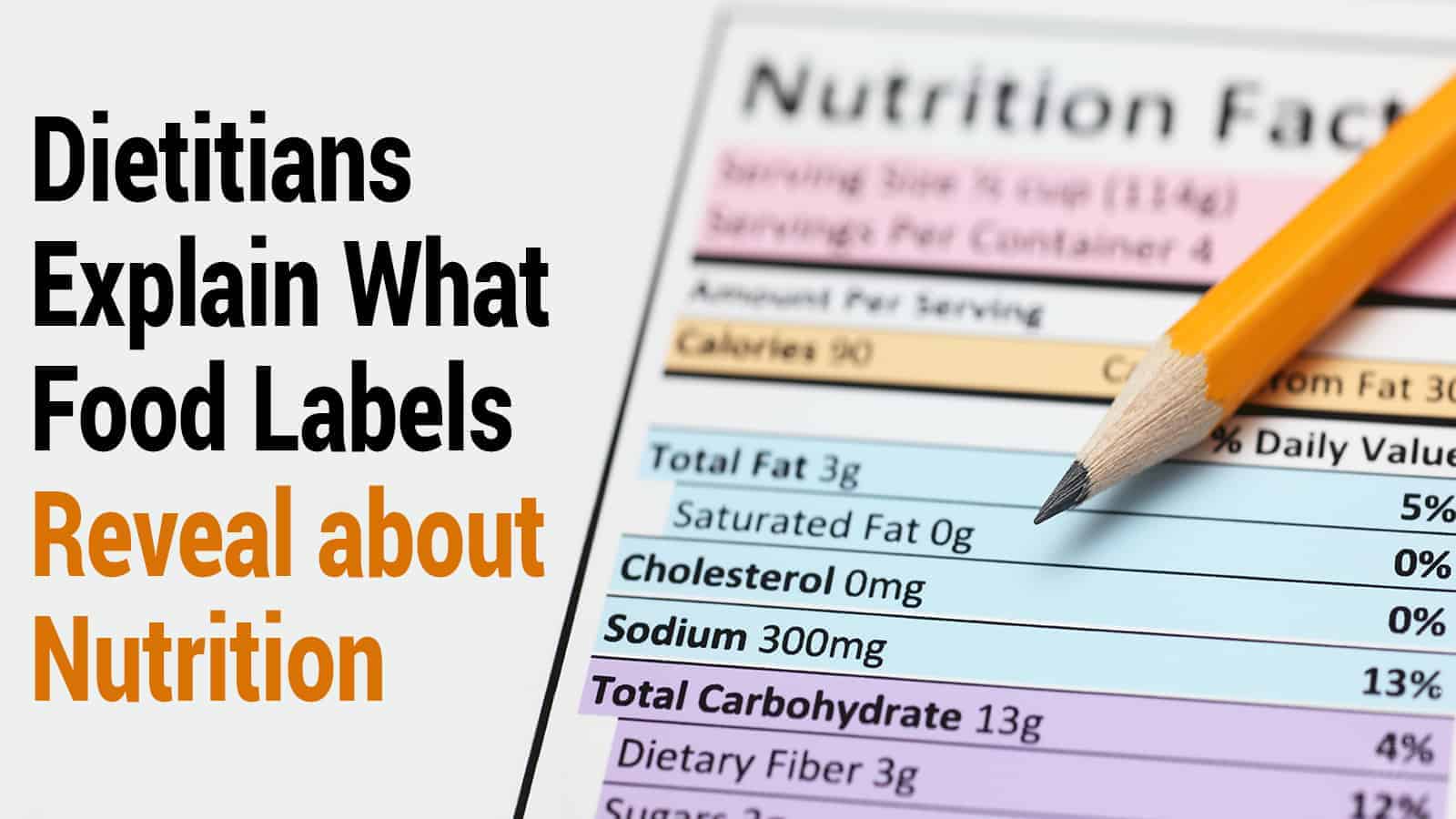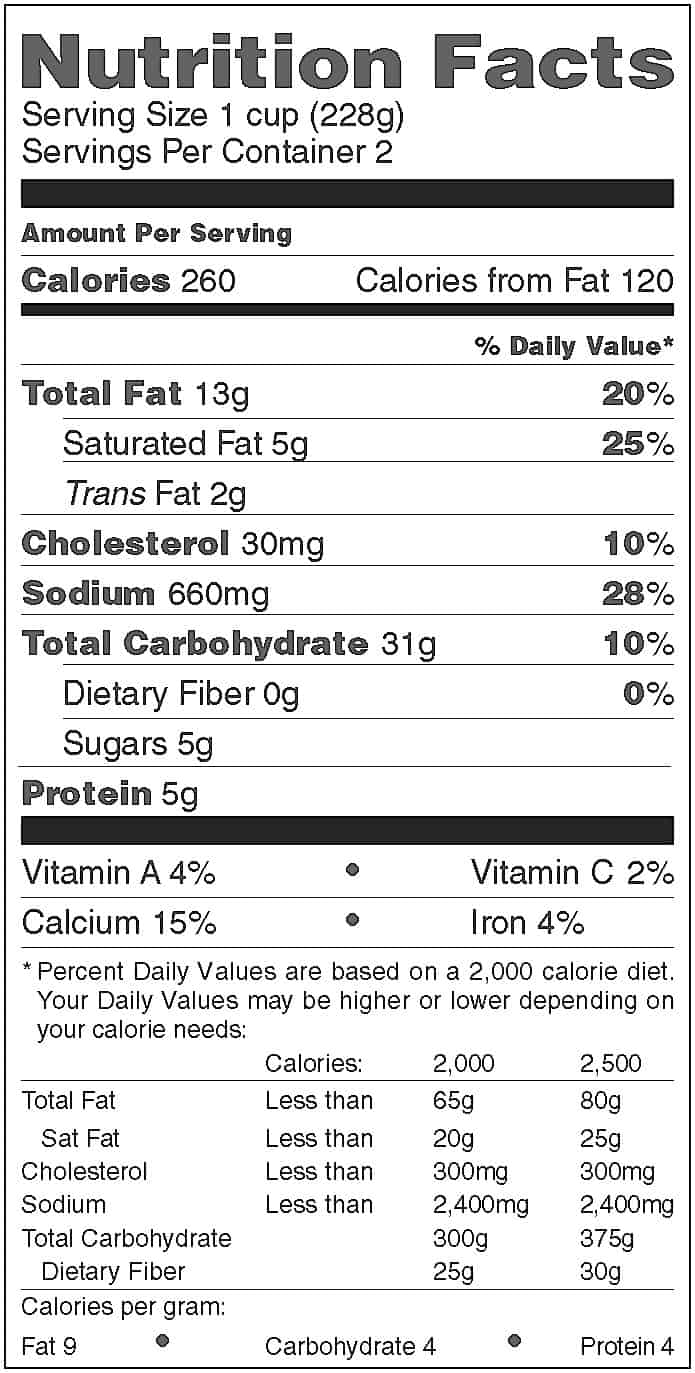Food labels aren’t exciting to read, but they help you make healthy food choices for your family. Here’s a quick guide on reading food labels and what they tell you about the food you’re buying.
Food label history
Early food labels contained little information. Dietitians explain that first-generation food labels mandated that some foods display “specialty dietary uses” for people with health conditions. This was usually only the calorie and sodium content. Meals were typically prepared at home and were made from scratch, so was no need for nutritional information. With the increase in processed foods, people wanted to understand better the foods they were buying. In 1970, in response to consumers’ requests, the FDA developed a system for labeling foods. Food labels have evolved over the years with changes in format and content.
The FDA requires that food labels must contain. The National Institutes of Health provides this sample label:
- Serving size
- Calories
- Carbohydrates
- Total fat
- Saturated fats
- Trans fats
- Cholesterol
- Sodium
What other information is on food labels?
Package labels also include other information about vitamins, minerals, or other food items consumers should know.
Sugars
Sugars are listed under carbohydrates along with fiber content. Foods like candy, soda, and snack foods contain a lot of added sugar. High-fiber fruits and vegetables contain only natural sugar.
Protein
The label will also list protein under the sugars. You need protein to help your immune system, skin, muscles, and hair stay healthy. Doctors say you should eat a high protein diet to optimize health. Foods high in protein include:
- Beef
- Poultry
- Eggs
- Beans
- Cheese
- Nuts and seeds
Vitamins A and C
Vitamins A and C must be on food labels. The amount of these vitamins per serving is a percentage of the vitamin’s daily requirement. This is based on a diet with 2,000 calories. Vitamin C is found in citrus foods, strawberries, blackberries, potatoes, broccoli, and Brussels sprouts. Carrots, squash, dark leafy greens, and all orange-colored vegetables contain Vitamin A.
Reading food labels
Where do you start when reading a food label? Although there’s no right or wrong way to read a food label, it’s helpful to start at the top and work your way down.
1 – Calories
First, starting at the top of the label, check out the serving size, the number of servings per package, and calories per serving. Compare how much you eat to the serving size listed. So, for instance, on the above label, you see that one cup is 260 calories. If you consume two cups, you’re eating 520 calories plus more fat and other ingredients listed on the label.
2 – % of Daily Values
Next, look at the percentage of your daily food values. The daily values on a food label the nutrients needed to eat an average of 2,000 calories a day. Your recommended daily calories depend upon your BMI, age, height gender, weight, and activity level. If you’re curious about how many calories you should be eating every day, check out this calorie calculator to help you. The list of daily values will be a percentage of the total calories.
3 – Fats
Bad fats: You should aim to eat low fat. Saturated and trans fat are considered unhealthy. These include:
- Butter
- Margarine
- Beef fat
- Pork fat
- Shortening
Try to avoid eating foods with these types of fat such as these:
- Fatty meats and the skin of meats
- High-fat milk
- Cheese
- Ice cream
- Sour cream
- Tropical oils like coconut, palm, and cocoa butter
- Fried foods-French fries, fried meats, and other fried foods
- Snack foods like potato chips, microwave popcorn, and crackers
Eating a high amount of saturated and trans fats will increase your cholesterol levels.
Healthy fats:
Eat foods with monounsaturated or polyunsaturated fats. These good fats are a liquid when they’re at room temperature. The foods with healthy fat include the following selections:
- Walnuts
- Vegetable oils like olive or canola
- Peanut butter
- Avocado
- Salmon
- Mackerel
- Flaxseeds
- Chia seeds
4 – Carbohydrates
Aim for high-fiber, whole wheat carbs like quinoa, brown rice, whole wheat bread, or whole wheat pasta.
5 – Low cholesterol
Choose foods low in cholesterol. This choice improves heart health, according to nutritionists and multiple studies.
6 – Vitamins and Minerals
Eat enough potassium, calcium, vitamin D, and iron. Aim to eat many foods with a high percentage of daily value from these, such as fruits and veggies.
 What about the ingredients?
What about the ingredients?
Food ingredients aren’t listed on food labels, but they are listed somewhere on the package. The Ingredients are listed highest to lowest according to weight. If an ingredient is at first on the list, there is more of it in the food. So, if you’re trying to avoid sugar and it’s at the top of the list of ingredients, then the food probably isn’t for you.
Do you need to read every label?
If you read every label on every product in the grocery store, you’d be there all day. That’s not an option, so what can you do to understand the nutrition in your food? It’s suggested that shopping will be easier when you get familiar with the food labels. They also suggest that you look mainly at the serving size per container, comparing this with other products like it then choosing the one with the lowest calories. If you’re watching your sugar or sodium, you’ll want to look at how much is in the food. As you study the labels over time, you’ll begin to remember which products are healthiest.
The National Heart, Lung, and Blood Institute has created an easy to use the shopping list to stay within your nutrition goals. They suggest you break your foods into GO, SLOW, or WHOA categories. Healthy foods should be on the GO lines, not as healthy foods on the SLOW lines, and WHOA foods should be avoided if possible.
What are GO, SLOW, or WHOA foods?
GO foods include:
- Low fat and sugar
- Low calories
- Rich in nutrients: vitamins, minerals, and other nutrients
- Good for you
SLOW foods include:
- Higher in fat
- Higher in sugar
- Somewhat in calories
- Okay to eat once in a while
WHOA foods include:
- Highest in sugar and fats
- High in calories
- Low in nutrition
- Eaten for special occasions like holidays, but small portions.
The National Heart, Lung, and Blood Institute also offer a colorful picture chart, called U R What U Eat, depicting the healthiest foods using GO, SLOW, and WHOA ideas. This would help teach your kids the importance of healthy eating, but no matter what age you are, this chart will help you remember to eat healthily.
Strange trivia about food labels you should know
The concept of a food label seems rather straightforward, but here is some little known food label trivia you haven’t heard.
- If food has less than 5 calories, the food label will record it as calorie-free. Examples include fat-free salad dressing, gum, diet soda, matcha, and celery.
- If there is less than 1/2 gram of fat, the food label will list 0 grams.
- A maraschino cherry’s serving size is 1 cherry.
- Food label serving sizes is the amount of food eaten by someone 4 years old and older. So, if the serving size lists 10 crackers on the food label, you will want to decide the number of crackers your child should eat based on their calorie needs rather than the servings listed.
What the package says, and what it really means
What the food packaging says is not necessarily what it means. Take a look:
- Light: It really means watered down. Look on the food label to see if they have added extra sugar.
- Natural: This means the manufacturer worked with something natural at some point during food production. It doesn’t mean the product is really natural.
- Multi-grain: This isn’t as healthy as it sounds. This only means that there is some grain in this food product, but not necessarily a whole grain.
- Organic: Organic farmers raise foods that are free of chemicals, pesticides, or other harmful ingredients.
- No sugar added: This is another misnomer. No sugar can mean the food may contain a lot of sugar substitutes. These substitutions prove harmful, as well.
- Low fat: Products listed as low fat often contain extra sugar. Read your food labels.
- Whole-grains: If you’re looking for real whole-grain foods, look at the ingredients. The food is truly whole grain if whole grains are listed in the first three ingredients. If not, this isn’t a whole-grain product.
- Fruit flavored: Many processed foods have fruit in their names without using any fruit in their product. They use chemicals to get the fruit flavor.
 Final thoughts on understanding how to read food labels and packaging
Final thoughts on understanding how to read food labels and packaging
Food labels may not be bestsellers, but they help you choose the best foods for you and your family. Read food labels as often as you can, and over time you will remember what products are lowest in fats and sugars and other healthy ingredients. Of course, fresh fruits and vegetables need no labels. Buy these products without fear of getting unhealthy foods. Don’t forget to read the ingredient lists, too. Just remember that those ingredients listed first are weighted heavier. Reading food labels is a straightforward way to start eating healthier this year.


















